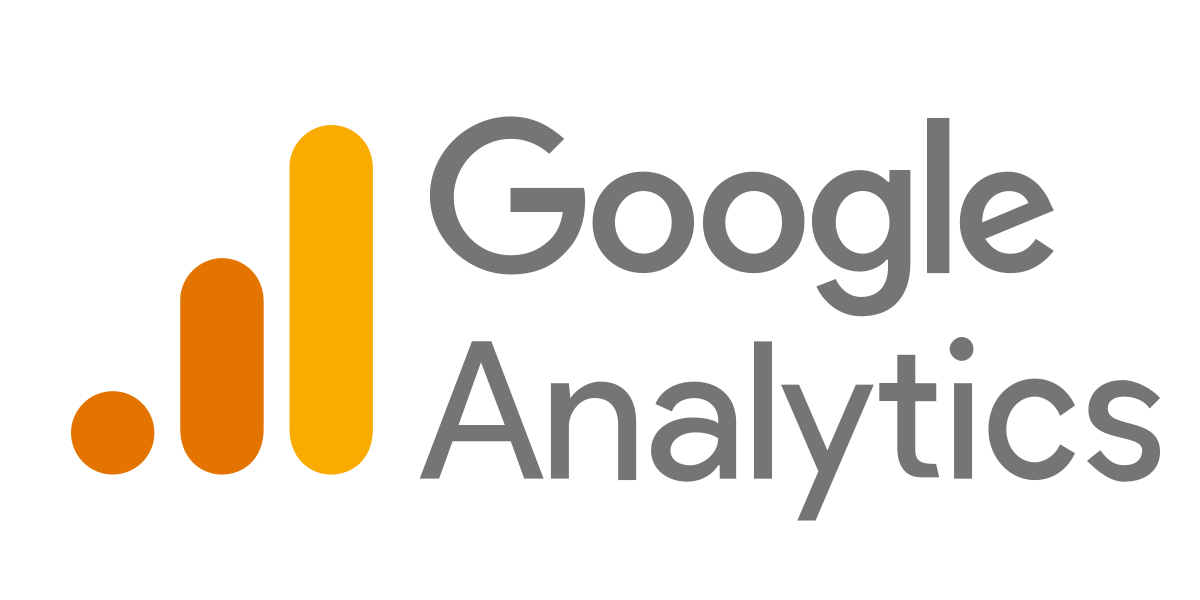Why should you analyze your website?
You should continuously analyze your website because there is much to be learned from analyzing various aspects of your website. Everything from how many pages are viewed on your website to where visitors to your website come from are important to know when determining how successful a marketing campaign was or what your visitors are most interested in. It is also important to analyze how your website stacks up against your competitors so that you can capitalize on missed opportunities by your competitors and see where your competitors are finding success that you are missing out on.
How to analyze a website
There are so many tools available to analyze websites, but how do you know which ones to use? We have you covered. Here are 5 tools to get you started:
1) Google Analytics

Google Analytics is the #1 go-to for analytics for any website owner. With Google Analytics you can see how many visitors have been on your site, which pages they visited, how they got to your website, which search terms got them to your website, how much revenue has been generated by each group of users, and much more. Get started using Google Analytics here.
2) SimilarWeb
![]()
SimilarWeb enables you to see an overview of your site’s performance and rankings, your competitors and similar sites, and benchmark your market to find ways to grow your share. By simply entering your domain on the SimilarWeb site, you can generate a report that shows you your website’s global rank, country rank, category rank, traffic overview, sources of traffic, social traffic breakdown, display advertising traffic breakdown, competitors and similar sites, and related mobile apps. If your traffic is considered low, some of the sections will be left blank because of a lack of data. Try out SimilarWeb here.
3) Hotjar

Hotjar allows you to see “heatmaps” of activity on your website, recordings of visitor behavior on your website, and form and field engagement. Basically it helps you understand what visitors are using on your site and where they are dropping off so that you can improve the usability of your site.
Heatmaps – Visualize your visitors’ behavior to understand what they actually do and care about on your site. Hojar provides a visual representation of clicks, taps, and scrolling behavior for each of the pages on your website.
Visitor Recordings – Hotjar provides you with recordings of the actions visitors take on your site. This helps to identify specific usability issues for a customer’s journey on your site.
Form Analysis – With Hotjar, you can improve your form completion rates by learning which fields take too long to fill in, are left blank, and when visitors drop off from filling out the forms.
If you have a WordPress website, Hotjar has a plugin which makes it easier to install Hotjar on your site. Here is a helpful article for how to use Hotjar’s official WordPress plugin: https://www.hotjar.com/blog/wordpress-heatmap-survey-plugin
4) SEMrush

SEMrush offers a free 100-page audit of your site to do SEO checks. There are several checks they conduct, but the top 12 in-demand checks they do for you are: duplicate content, duplicate title tags, low word count, broken links, slow page load speed, HTTPS implementation issues, missing title tags, missing meta descriptions, missing h1 tags, incorrect hreflang implementation, images with empty “alt” tags, and nofollow attributes on links. All you have to do to get your audit is head over to the SEMrush website and enter your domain. Visit the SEMrush Site Audit Tool here.
View a short intro video of SEMrush’s Site Audit below:
5) Leadfeeder

Leadfeeder allows you to see specific companies that have visited your website and how they found your site. All you need to have to get started using Leadfeeder is Google Analytics. Your leads receive a score based on their activity on your website and the highest lead scores are placed at the top of the list. You can even connect Leadfeeder with a CRM to automatically send new leads to your sales pipeline. Try out Leadfeeder here.
Time to Put Your Analysis Into Action
What information did you gather from your analysis? You can learn a lot, including what pages are performing well vs poorly, how you rank compared to competitors, or what SEO data you are missing.
Now that you understand where your website stands, what’s next?
It’s time to find yourself a marketing partner. Your marketing agency can transform that information into actionable steps by having a baseline understanding of your website needs. SEO updates take time and technical knowledge. At Evolve, our team uses a strategic approach to your marketing that gives you a return on time.
Let’s chat about your site and how to improve your website’s performance!








